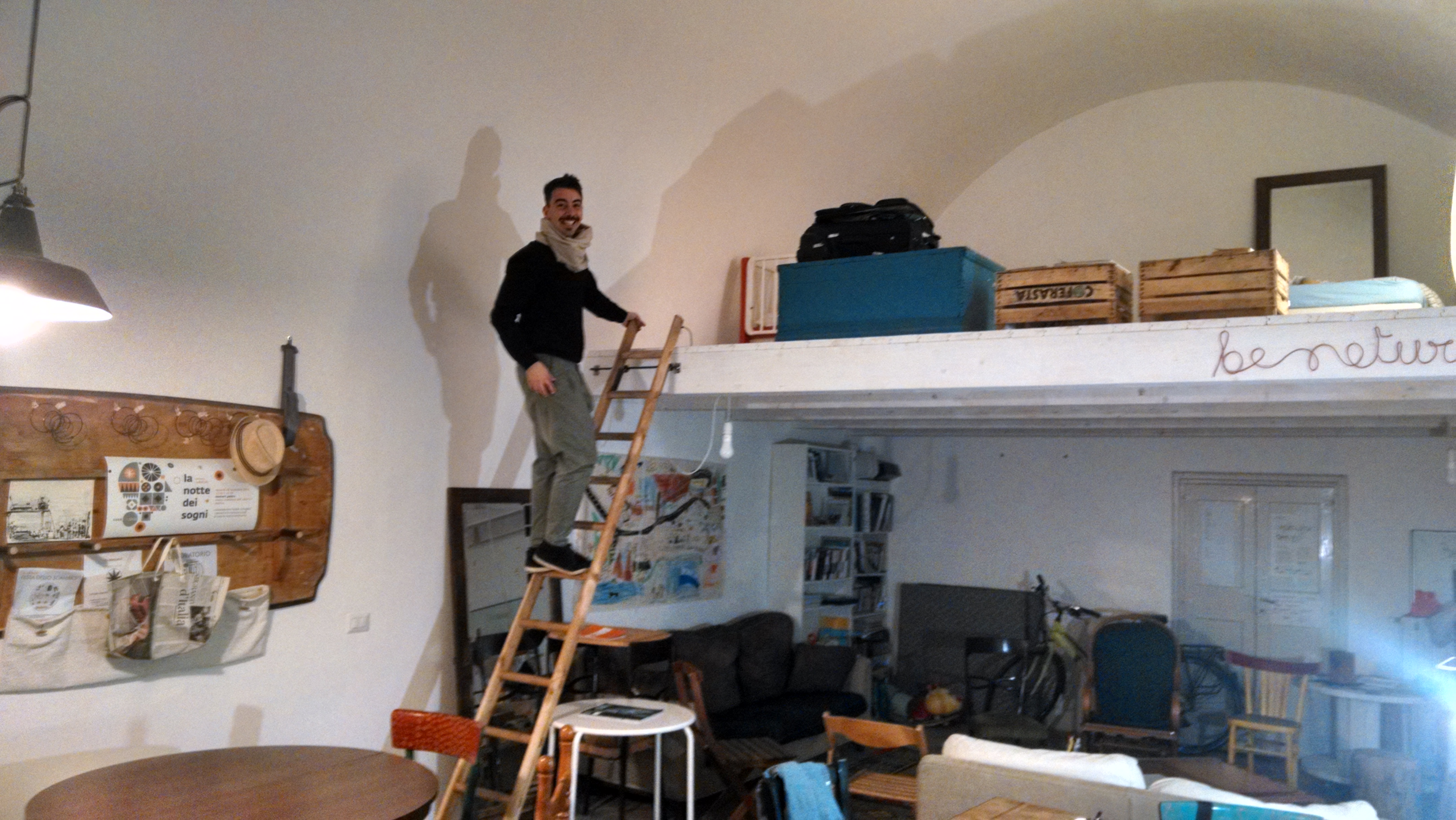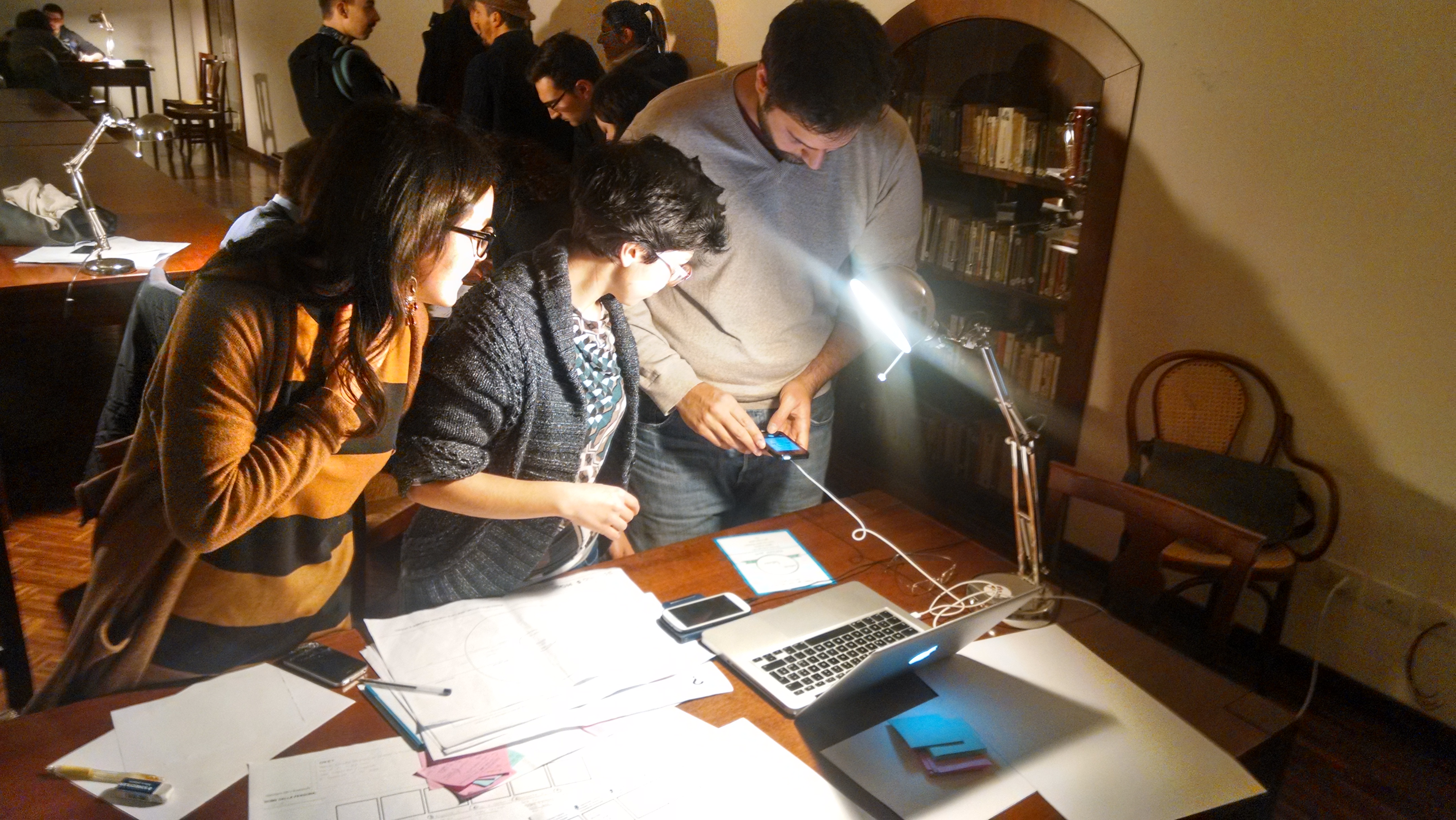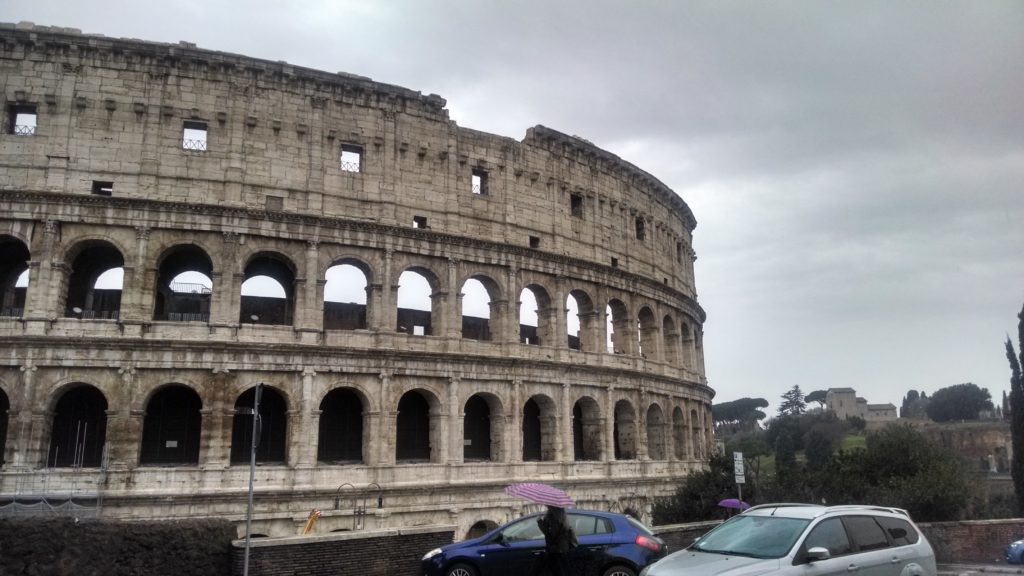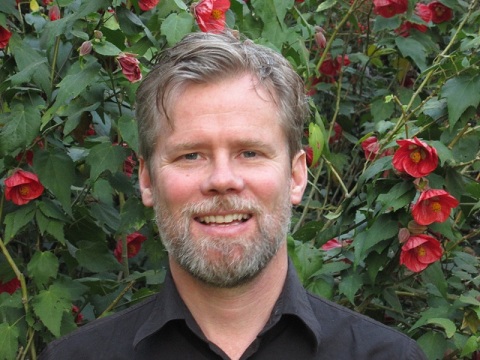I met architect Andrea Paoletti four years ago at Impact Hub SoMa in San Francisco, the coworking space where I’m a long-time member. He was visiting from Milan to lead a collaborative interior design project with Hub members. His job was to help Hub members design their space to foster collaboration. I was interested in his work. I asked him to write an article about his work co-designing collaborative spaces. This led to several articles over the last few years and a friendship.
Andrea was easy to like. Aside from his talent and kindness, he radiated optimism. It was part of his personality, but I also felt that it was grounded in the practice of design. He seemed to embody the idea that it was possible to create dramatically better situations for ourselves through design, especially if the design process is collaborative. In this way, Andrea is much more than a designer. He’s a facilitator that brings out the inner designer in those around him.
Over the last few years, I watched him flourish, mostly from a distance. He met his partner Mariella Stella, settled in Matera, Italy, started a coworking space and family there, added to a growing social innovation scene that includes UnMonastery, EdgeRyder summits, the designation of Matera as European capital of culture in 2019, and more.

He kept saying that I should come to Matera. I watched his life and Matera’s future unfold with a sense of wonder. Why did this talented person move to this small, remote Southern Italian town when he could live almost anywhere? What was it about Matera that was sparking so much innovative activity?
Last fall, Andrea created the perfect way for me to find out. It was also a dream come true for both of us. He and Mariella planned to host the first ever Sharing School in Matera the following January. They asked me to join the faculty of a four day school about sharing in one of the most beautiful places in the world. I was in.
In November, I gave a short talk by Skype about sharing cities at the co-Mantua launch event hosted by Professor Chris Iaione of LabGov, a think and do tank at Rome’s University of LUISS. At the heart of the co-Mantua project is the Collaborative Governance Pact, a legal and cultural framework that helps the major stakeholders of this small Northern Italian town manage its commons collaboratively. For instance, instead of a public park being maintained solely by the city, the pact offers a way that it could be maintained by a combination of stakeholders including the city, nonprofits and businesses.
Chris was also to teach at Sharing School. When Chris learned I was coming, he invited me to visit his co-city project in Bologna and more. I couldn’t believe my good luck. The urban commons work Chris is pioneering is highly relevant to Shareable’s Sharing Cities Network.

No time was wasted once I touched down in Rome on January 20th. Over two days, Chris gave me a crash course on his work with LabGov and also Italian history. We visited the Roman Forum, University of LUISS EnLabs, went to Florence to meet the American Consulate who co-sponsored my trip, and discussed sharing policy with regional commissioner Vittorio Bugli of Tuscany while in Florence.
I also had the privilege to get to know Chris better. In addition to being a fantastic traveling companion, I witnessed a pragmatic institutional innovator at work, one who is carefully co-designing Labgov’s urban commons solution with an impossibly diverse stakeholder group in a number of test-bed communities. It takes a rare, flexible personality to bring that many groups into useful collaboration, and do it in a way that others will be able to copy.
The highlight of this leg of my trip was our meeting in Bologna with Donato Di Memmo, Michele d’Alena, and their city government collaborators on Bologna’s urban commons project. While walking from the train station to our meeting through Bologna’s famous network of arcades, Chris told me about the give and take the arcades represented between the commons and market. He said that long ago property owners wanted to enlarge their buildings by extending the upper floors over public sidewalks. This would increase the value of their buildings. It was allowed as long as owners assumed care of the walkways, but later this care was pushed back on the city government. Nevertheless, the arcades remain a distinctive feature of Bologna, which has 24 miles of covered walkway in one of the oldest, largest, and most beautiful city centers in Europe. I was grateful for the history lesson and the shelter the arcades offered as we walked through a cold rain to our meeting.

The meeting was in Bologna’s old stock market building, now converted into a library. It had a beautiful, light filled interior. It was packed with students, not surprising given that Bologna is a thriving college town with the oldest university in Europe. We met in a conference room in an upper floor. Michele and his colleagues described their urban commons project, a comprehensive effort to engage citizens in taking care of Bologna’s public space and catalyzing its civic sector. Two key tools supporting the project are the groundbreaking Bologna Regulation for the Care and Regeneration of Urban Commons, which guides how how citizens and the city will work together, and the city’s website tracking all 37 of the existing urban commons collaborations. While these tools are critical, Michele emphasized in a follow up e-mail that the Bologna regulation is a process, not a product. It takes new structures, processes, and a new level of citizen engagement for it to work.
Bologna is the first city in a multi-city urban commons movement that Chris and LabGov are co-leading. It includes work in Mantua, Florence, Battaglia, and more. It’s a much needed collaborative approach to protecting and creating urban commons given the declining budgets of cities everywhere. It emphasizes public-private collaborations, a governance framework that meshes with existing institutions, facilitation by city government, and a vital commitment to citizen engagement. You can read more about it in Shareable’s recent interview of Chris Iaione.
Shortly after this, Chris, a small cadre of the LabGov team, and I made the six hour drive south to Matera, most of it at night. Luckily, I was able to catch up on sleep during the drive. Little did I know how much I was going to need the rest. I was heading into one of the most serious, intense, and also fun learning experiences of my life.

Andrea’s design for Sharing School made it a demanding yet engaging learning experience. I expected nothing less from him. The in-depth lectures on the sharing economy, service design, urban commons, and more prepared students to join a team with a local entrepreneur to work on a Matera-based sharing project. This offered students a theoretical foundation plus hands on experience forming or improving a local project.


The faculty, students, and Matera itself also contributed to Sharing School’s success. In addition to Chris and myself, the faculty included Marta Mainieri of Collaboriamo (Italy’s leading sharing economy consultancy), Alex Giordano of RuralHub (center for rural social innovation, great TED talk about it here), service designer Daniela Selloni, consultant Simone Cicero of OuiShare Italy, sociologist Professor Ivana Pais, Michele d’Alena of Bologna’s urban commons project, and more. Each faculty member is a leader in their field. Between classes the faculty met to plan how to advance Italy’s sharing economy, thankfully with a Shareable-like public interest bent.
The 10,000 year-old settlement now called Matera played its role too. Sharing School was held in an old monastery in Matera’s historical center called the Sassi, a UNESCO World Heritage Site. The Sassi is literally carved into the side of a large ravine. Many of the homes and shops are caves. Its network of narrow, winding streets and stairways is paved with cobblestone, much of it worn down by centuries of use.
The human scale, built environment of the Sassi cast its spell on all of us. The best way to get around the ancient city is to walk. The narrow, cobblestone streets and walkways slow you down and bring you closer to others. Without cars, bikes, transit, annoying signs or loud noises to distract you, you’re left to connect with the stones, sky, and people around you. It’s a place that embraces you and reminds you of what’s essential — our deep need for and pleasure in human connection. Legend supports this idea. Apparently, Matera is something of a matchmaker – a place where people often meet and fall in love.

The Sassi helped an already friendly group bond that much faster and deeper. On the third night nearly all of Sharing School took over the dance floor of a local club for a night of sweaty, celebratory dancing that solidified the tribe and gave us the experience of what some cultural critics claim is the only utopia possible, the one made of music and dance. This set the stage for the final project presentations during Sharing School graduation the next day, which was inspiring but also sad because we’d be parting ways afterwards.
Sharing School offered me many highlights. I enjoyed a family dinner with Andrea, Mariella, and their children upon arrival. I was honored to give the opening and closing speeches for the school. I was challenged to contribute to the projects as a mentor. I participated in a strategy session with leaders of Italy’s sharing economy. I shared many laughs with my interpreter, the witty social entrepreneur Alessia Clusini. And I had priceless exchanges with many of the school’s students and faculty who generously shared their worlds with me. I left enriched in all the ways I value most. And while my time there was short, Sharing School made a vivid and lasting impression.
In our follow up Skype after Sharing School, Andrea said he was creating a toolkit to help others host Sharing Schools. A sharing school movement is in the works. Count me in.









